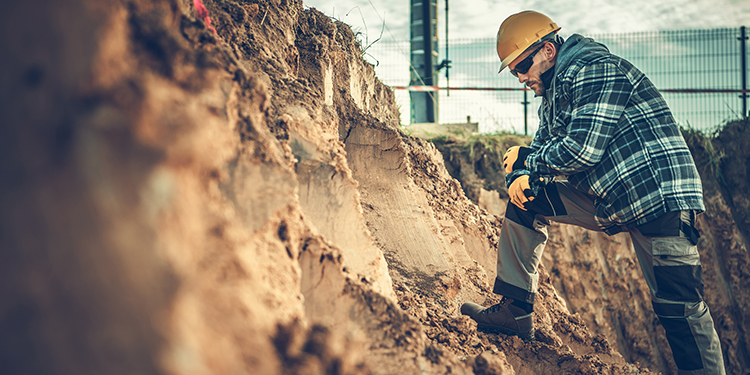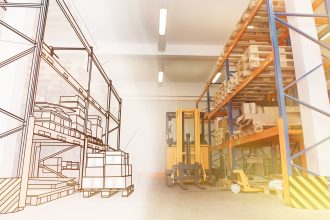Soil Classification And Its Importance To Safe Seismic Rack Design

A soil classification is assigned to a location based on the characteristics of the types of soils present, including the ability of the soil to withstand the weight of the structures built on it. Therefore, it’s important to have this information available for a rack design engineer, as the soil classification contributes to the overall geological and seismic risk determination.
With a soil classification—which is typically determined by site soil survey conducted by a geotechnical engineer on behalf of the owner or building architect prior to the design and construction of a facility—the seismic design category (SDC) can be identified and the proper rack safety design precautions integrated into the structure.
Facility owners who do not have the soil classification information about their building and are unable to get it from the contractor, which can occur with older buildings, it is possible to have a new site soil survey done.
Section 2.6, “Earthquake Loads,” of the recently updated ANSI MH16.1-2012 (R2019): Specification for the Design, Testing and Utilization of Industrial Steel Storage Racks, published by RMI, includes a complete listing of the calculations to be performed by a qualified rack design engineer. For additional information on seismic design requirements for rack safety, the standard is available here.


